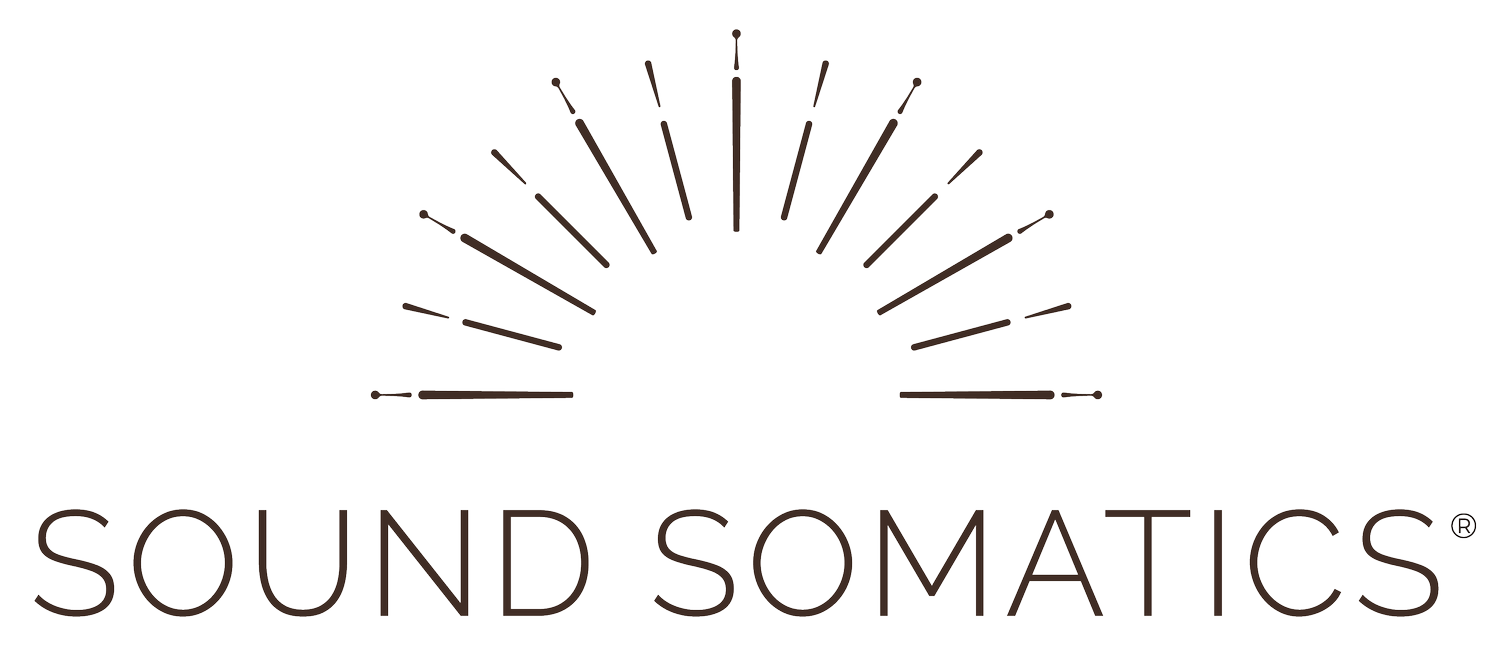What’s the Connection Between Wellbeing & Leadership?
Back in the 17th Century, philosopher Rene Descartes said “I think therefore I am.”
This statement exemplified his belief that the mind and body were separate. For Descartes and other proponents of dualism, thinking was the most important aspect of being human. Emotions, feelings, and experiencing life through the body had little significance.
This perspective influenced much of modern civilization and continues to influence how we approach the topic of leadership.
Most leadership development ignores the body, rather than harnessing recent developments in neuroscience which disprove Descartes and highlight the interconnectedness of the mind and body.
In order to optimize our mind and expand our leadership abilities, we can address the body, particularly something in the body called fulcrums.
Fulcrums are outside our conscious awareness and are understood to be unhealed wounds, energetic blocks, or according to psychiatrist Dr. Stan Grof, “condensed experiences” from the past which we haven’t processed.
Fulcrums affect our mental, emotional, and physical health and can be released through healing. When we don’t heal these fulcrums, our leadership and personal life suffer.
We can keep making the same mistakes, reach a professional plateau, struggle with anxiety or depression. We likely feel exhausted, overly stressed, or in chronic pain.
When we prioritize healing these fulcrums, we give ourselves and our organizations the gift of our most conscious and awake self.
When we turn inward and commit to our healing and deepening consciousness, we create tremendous possibility for how we lead.
We can have more compassion, mindfulness, and wisdom – values that we need leaders to exemplify in our communities. We can have more attention and awareness to focus on our people and our organizations’ initiatives, rather than being distracted and becoming self-centered.
We can have an ability to access inner stillness, which serves as a refuge from the pressures and uncertainties in our organizations. We can have an ability to connect to something bigger than ourselves to inspire and motivate our vision.
Ultimately leadership isn’t about being successful, accumulating wealth, and gaining power. Leadership is about connecting, inspiring, and motivating others toward a shared vision that improves our communities.
We can best accomplish this goal when we first and truly take care of ourselves.
If you’re wondering where to start, be rest assured that the healing process can happen in many ways, with a craniosacral therapist, somatic coach, psychotherapist, doctor, shaman, and in community.
Ultimately what matters most is that you start even if it’s uncomfortable and even if it takes time to figure out what type of healing will best serve you. If you’re looking for resources to support your healing and transform your leadership, schedule a free 30 minute consultation with me to explore options.
Embodied leadership recognizes that as a leader, you’re most effective when you bring your whole self to work. Given this, embodied leadership appreciates that your mental and emotional wellbeing comes first. Sound Somatics exists at this intersection of wellness and leadership development. If you’re looking for support, I’d recommend our online somatic coaching to support both your personal wellbeing and professional growth.

